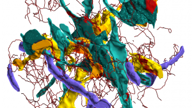
Visualization
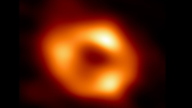
Imaging
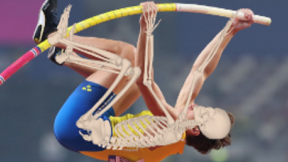
Geometry
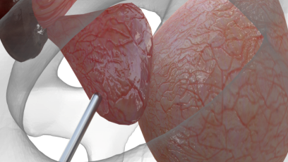
Simulation
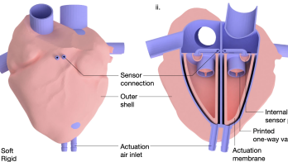
Design
Computer graphics, often associated with films, games, and visual effects, has long been a powerful tool for addressing scientific challenges—from its origins in 3D visualization for medical imaging to its role in modern computational modeling and simulation. This course explores the deep and evolving relationship between computer graphics and science, highlighting past achievements, ongoing contributions, and open questions that remain. We show how core methods, such as geometric reasoning and physical modeling, provide inductive biases that help address challenges in both fields, especially in data-scarce settings. To that end, we aim to reframe graphics as a modeling language for science by bridging vocabulary gaps between the two communities. Designed for both newcomers and experts, Graphics4Science invites the graphics community to engage with science, tackle high-impact problems where graphics expertise can make a difference, and contribute to the future of scientific discovery.

Visualization

Imaging

Geometry

Simulation

Design
| Time | Session | Speaker(s) | Slides |
|---|---|---|---|
| 14:00 - 14:10 | Introduction | Peter Yichen Chen, Minghao Guo | Slides |
| 14:10 - 14:35 | Visualization for Science | Hanspeter Pfister, Han-Wei Shen | Slides |
| 14:35 - 15:00 | Simulation for Science | Ming Lin | Slides |
| 15:00 - 15:25 | Imaging for Science | Bill Freeman | Slides |
| 15:25 - 15:45 | Coffee Break | ||
| 15:45 - 16:10 | Geometry for Science | Qixing Huang | Slides |
| 16:10 - 16:35 | Design for Science | Wojciech Matusik | Slides |
| 16:35 - 17:15 |
Panel Discussion |
Selected session speakers | |

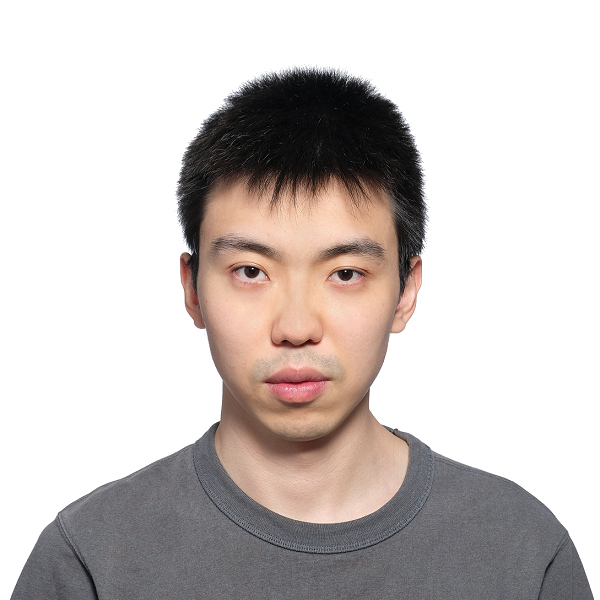

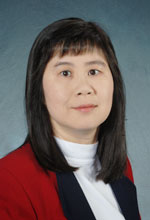

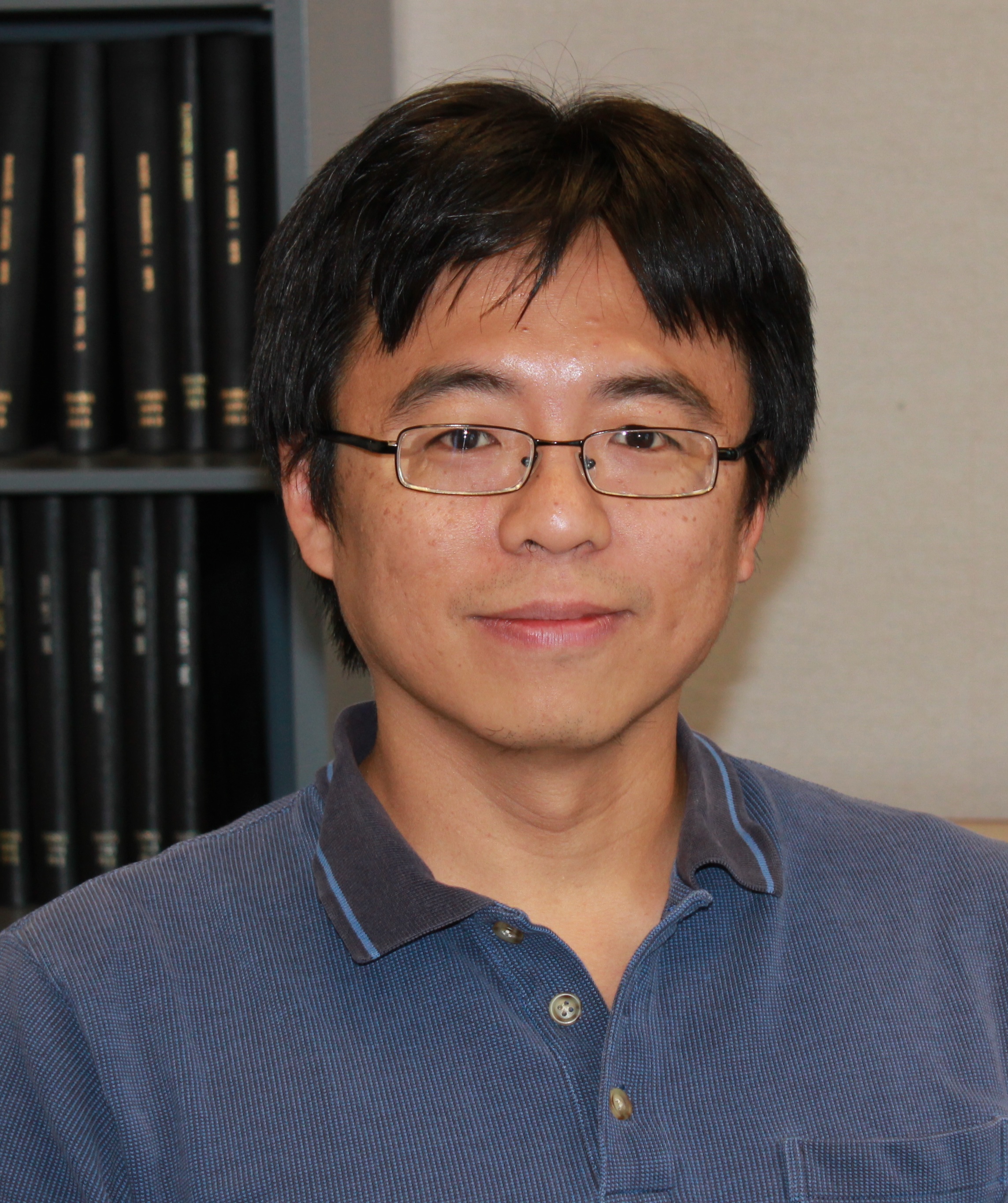

We thank Siyuan Chen, Caoliwen Wang, and Kevin Chen for their help in preparing the course website, setting up group chats, and refining the slides.
@article{yichen2025graphics4science,
title={Graphics4Science: Computer Graphics for Scientific Impacts},
author={Yichen Chen, Peter and Guo, Minghao and Pfister, Hanspeter and Lin, Ming and Freeman, William and Huang, Qixing and Shen, Han-Wei and Matusik, Wojciech},
journal={SIGGRAPH 2025 Course},
year={2025}
}